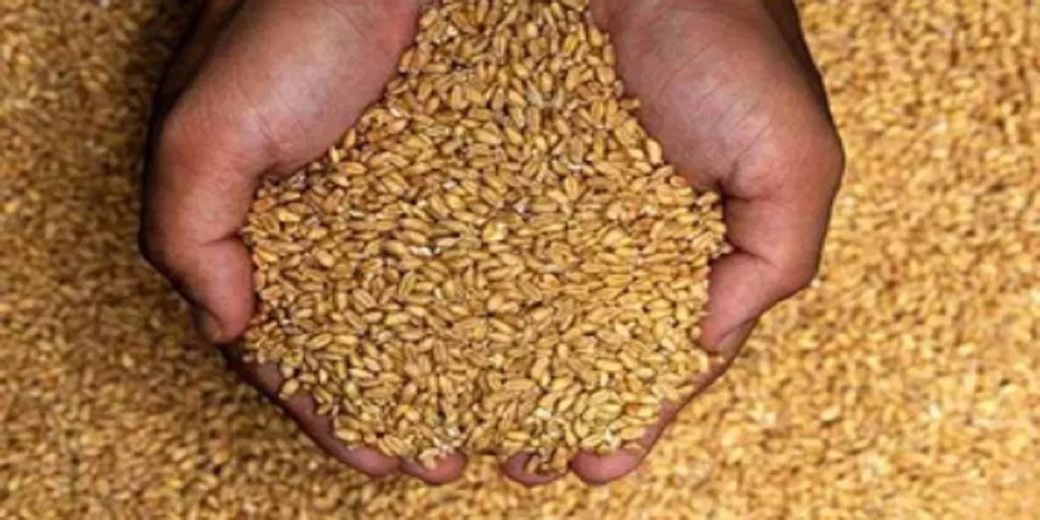Will reducing import duties make wheat cheaper?
There is a growing demand to reduce import duties on wheat to control prices. However, the question remains whether there is a need for wheat imports in the country, and if the reduction in import duties will lead to a decrease in prices.

Despite all the government’s efforts, the prices of wheat are not decreasing. As a result, there is now a growing demand to reduce import duties on wheat. However, the question remains whether there is a need for wheat imports in the country, and if the reduction in import duties will lead to a decrease in prices. Looking at the international market prices, wheat prices in Australia are around $300 per tonne, while in Russia, it is around $250 per tonne. Most of the wheat exported worldwide comes from these two countries. In India, the freight cost for wheat imported from Australia to the Chennai port is approximately $30 per tonne, and for wheat imported from Russia, it is also around $28-30 per tonne. This means that without import duties, Australian wheat will reach India at around ₹27,000 per tonne, and Russian wheat will be available at approximately ₹23,000 per tonne, assuming the exchange rate is ₹82 per dollar.
What is the current price?
Talking about prices in the Indian market, in Delhi, the price is around ₹25,000 per tonne. This means that without import duties, wheat from Russia can be cheaper in India. However, there is a 40% import duty on wheat imports in India, and if wheat is imported from Russia at this duty rate, the prices per tonne will increase by ₹10,000. In that situation, Russian wheat will reach around ₹35,000/tonne. But this will only happen if the price of wheat in Russia does not increase. If the Indian government announces a reduction or elimination of import duties on wheat, it will have an impact on prices in the international market, and in that situation, the prices of Russian wheat can also increase. In such a scenario, Russian wheat can become more expensive in the Indian market.
Procurement target
This year, the country has a record wheat production of around 112.7 million tonnes. But the government’s target for purchasing wheat is around 8 million tonnes lower than the target. The government aimed to procure 34.2 million tonnes, but the government agencies have only managed to purchase around 26.2 million tonnes. Last year, wheat prices exceeded ₹3,000 per quintal for farmers, so it is likely that farmers have not shown much interest in selling wheat to the government at the support price, which is why the government’s procurement target could not be met.
Moreover, the government has a limited quantity of old crop wheat, and the stock in the central pool is also limited. In such a situation, if the government wants to control prices and sell wheat from its stock in the open market, the sales will be limited in quantity. On June 12, the government announced stock limits on wheat and stated that 1.5 million tonnes of wheat will be sold in the open market. The day after this announcement, prices dropped by ₹100 per quintal, but they have now returned to the previous levels that were present before June 12.